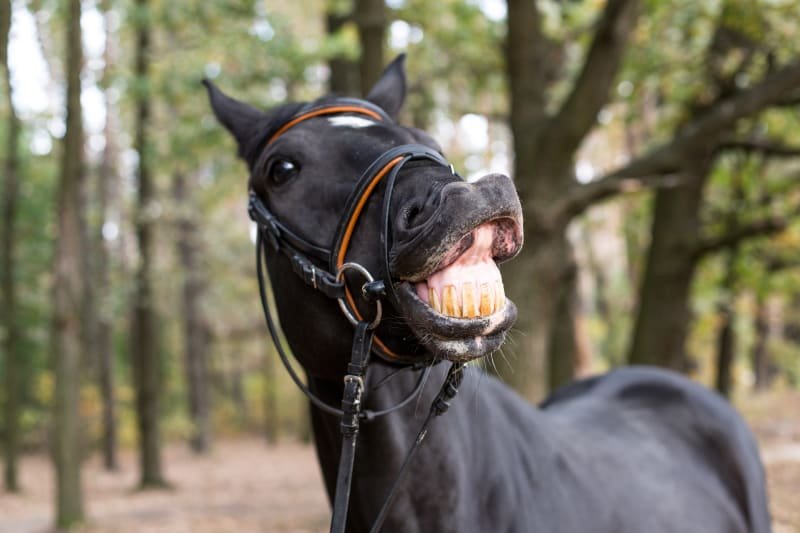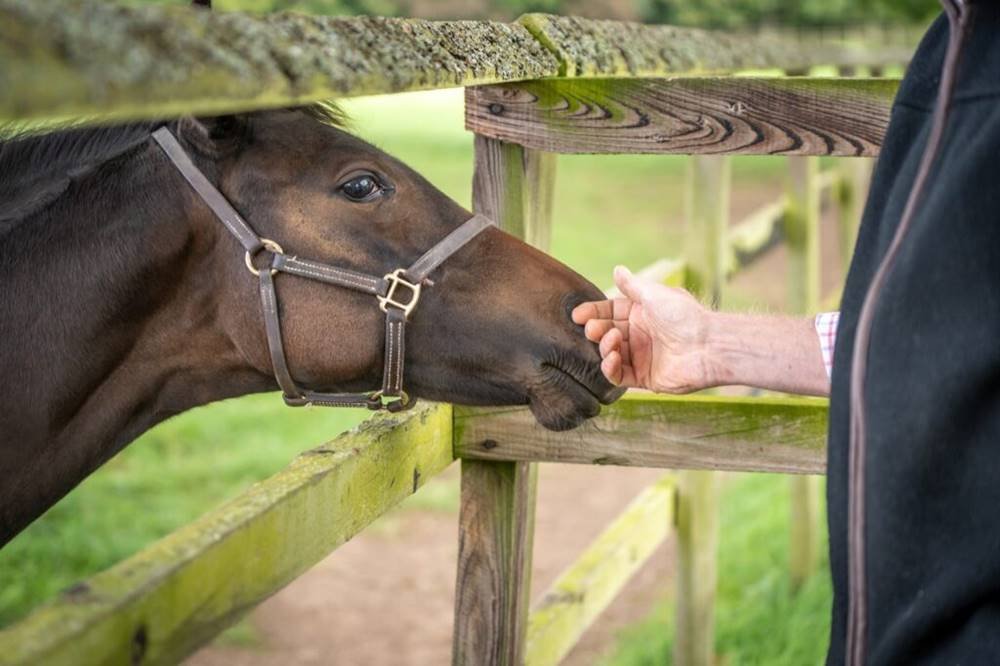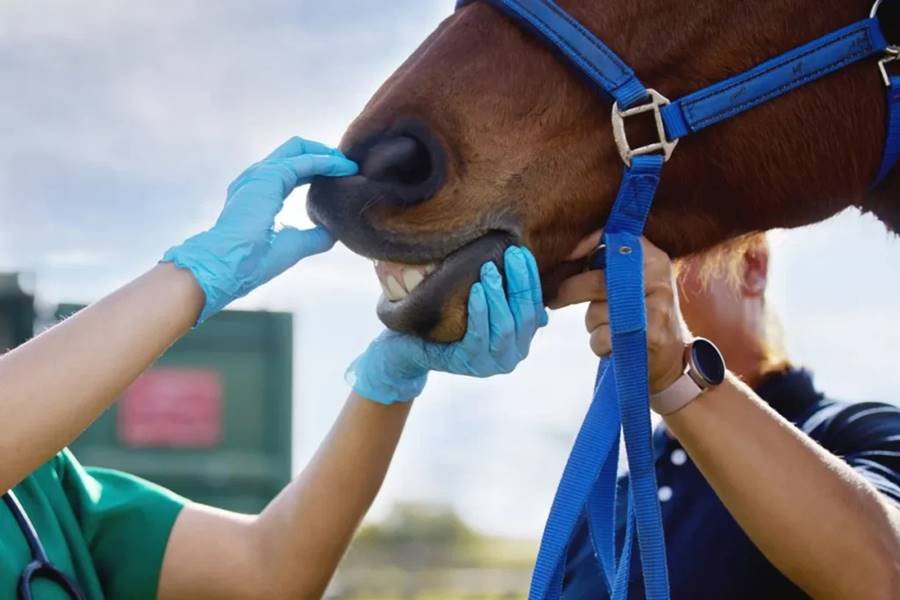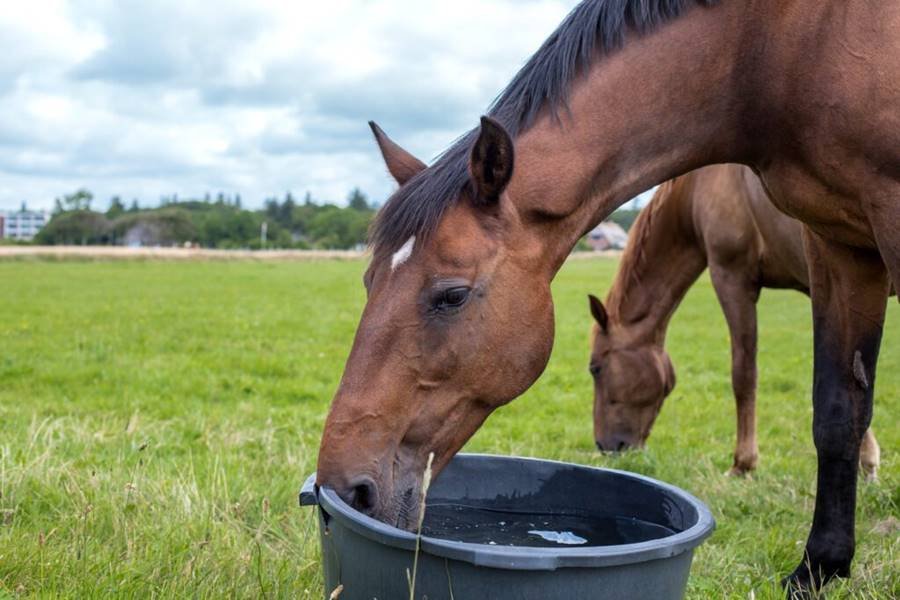Understanding Horse Teeth: How They Grow and What They Tell Us
A horse‘s teeth are more than just tools for chewing—they provide valuable insight into the horse’s age, health, and overall well-being. As herbivores, horses rely on their teeth to grind down fibrous plant material, making dental care an essential part of maintaining their health. Let’s take a closer look at how horse teeth grow, how they change over time, and why regular dental care is so important.
How Horse Teeth Grow and Develop
Horses are born without teeth but begin developing them shortly after birth. The development of a horse’s teeth follows a predictable timeline that can help owners estimate the horse’s age. Horses have two types of teeth: deciduous (baby) teeth and permanent teeth.
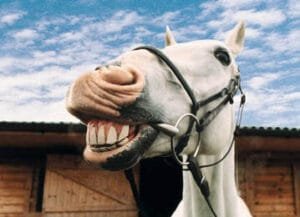
- Deciduous Teeth (Milk Teeth):
Foals are born with no teeth but will begin to grow their first set of teeth at around 2 weeks of age. By the time a foal is 6 to 9 months old, it will have a full set of deciduous teeth. These temporary teeth are eventually replaced by permanent teeth as the horse matures. - Permanent Teeth:
A horse’s permanent teeth start to emerge around 2 to 3 years of age. By the age of 5, most horses will have their full set of permanent teeth. These teeth are crucial for grinding and chewing hay, grass, and other fibrous plant material.
Horses typically have 12 incisors (front teeth), 12 premolars (cheek teeth), and 12 molars. Their molars and premolars are used for grinding food, while their incisors are primarily used for cutting grass and other vegetation.
How Horse Teeth Change with Age
The age of a horse can often be determined by the appearance of its teeth. Several key indicators help veterinarians and horse owners estimate a horse’s age:
- Incisors: As horses age, their incisors change in shape and wear down. Young horses have smooth, flat teeth, but as they grow older, their teeth become more triangular and worn.
- Galvayne’s Groove: This is a dark groove that appears along the upper corner incisors, typically at the age of 10. It gradually deepens as the horse ages, and the groove eventually disappears at around 30 years of age. This is one of the best indicators of a horse’s age.
- Tooth Wear: Horses older than 10 years will show more significant wear on their teeth. As horses age, they tend to develop sharper edges on their teeth, which can cause discomfort or difficulty in chewing.
Dental Care for Horses
Just like humans, horses need regular dental care to maintain healthy teeth and gums. Poor dental health can lead to serious problems, including difficulty eating, weight loss, and even digestive issues. Here are some key points to keep in mind for maintaining a horse’s dental health:
- Regular Check-ups:
It’s recommended that horses have their teeth checked by a veterinarian or equine dentist at least once a year, but more frequent check-ups may be necessary depending on the horse’s age and condition. - Floating:
“Floating” is a process where a veterinarian files down any sharp points or uneven wear on the horse’s teeth. This helps the horse chew more comfortably and prevents sores or injury to the mouth. - Signs of Dental Issues:
Watch for signs that your horse may be having dental problems, such as difficulty eating, dropping food, excessive salivation, bad breath, or head tilting while chewing. - Proper Nutrition:
Good dental care goes hand-in-hand with proper nutrition. Horses need a diet rich in fiber, such as hay or pasture, which encourages natural wear on their teeth. It’s important to ensure they are not eating overly soft food that doesn’t help with tooth grinding.
Horse teeth play a vital role in a horse’s overall health and well-being. From helping with the breakdown of food to offering clues about their age and condition, a horse’s teeth are an important part of their anatomy. By keeping track of their dental health and ensuring they receive regular check-ups, owners can help their horses live a longer, healthier life

